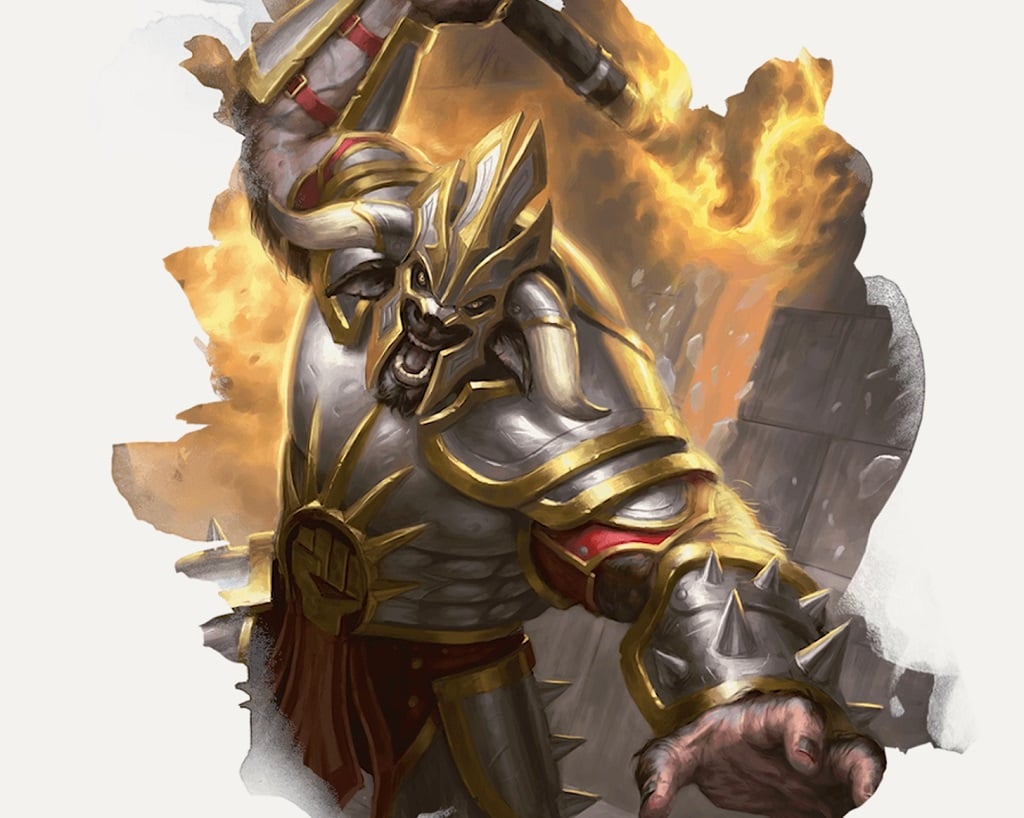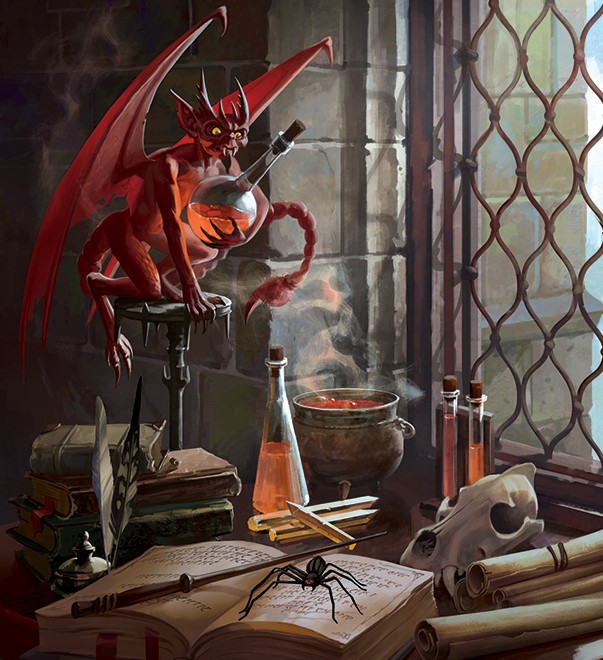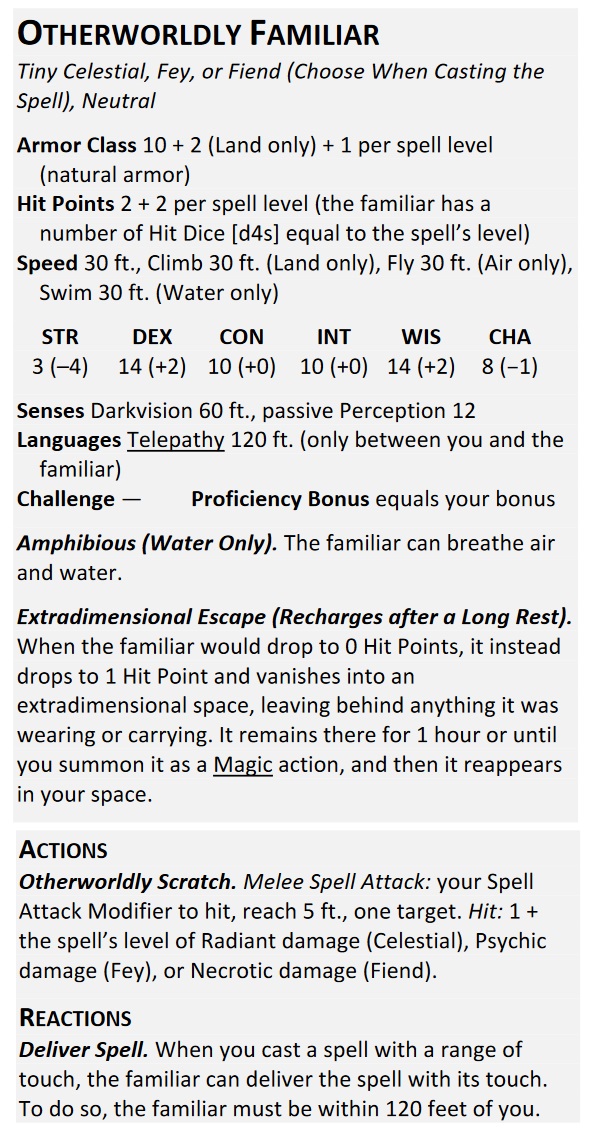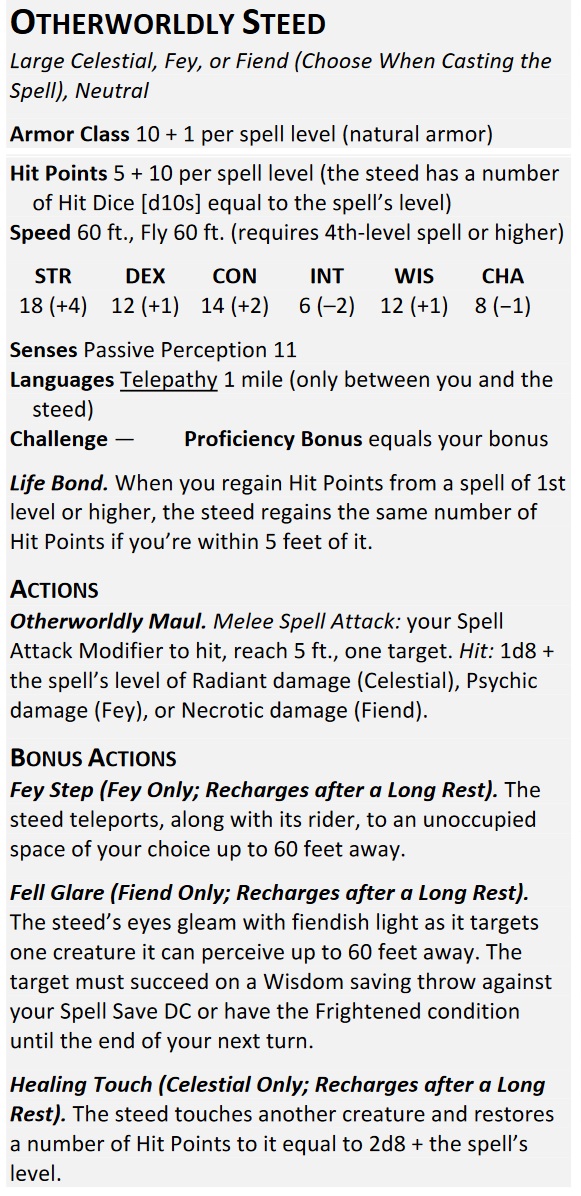‘One D&D’s New Playtest Spells Get a Big Upgrade–Starting With Smite

One D&D’s new playtest rules might not be great for wild shape. But many spells get a significant buff, especially Spare the Dying.
We’re back with more of One D&D’s new playtest packet. Today we’re looking at another bunch of One D&D spells, and in so doing, we can see where all the power has gone. A handful of spells get an update in the new playtest packet. But by and large, all of them go from good to great.
Perhaps the single biggest change is to the cantrip Spare the Dying. The spell now does exactly what most 5th Edition players hope it would. It’s an at-will spell that gets a fallen party member back on their feat. Let’s check ’em out.
One D&D New Spells – Overview
We’ll go through each of the spells in a moment. But first things first some broad sweeping changes. As mentioned in the Paladin coverage, the Smite spells have been overhauled. Now they no longer are cast before you attack and many no longer require concentration.
Instead each Smite spell—Banishing Smite, Blinding Smite, and the like—is now cast as a bonus action taken immediately after hitting a creature with a weapon or an Unarmed Strike. Which will likely mean they see more use. Especially since, for now at least, they’re on the Divine spell list.
Summon spells continue to follow the path of “summon a stat block, then flavor the creature around it” set forth in Tasha’s Cauldron of Everything. So instead of summoning a demon or a cat, for instance, the spell conjures a spirit that takes the form of one of those things and has pre-defined powers.
It’s a bit more streamlined, meaning a spellcaster no longer has to look through the Monster Manual for the options. But, there’s a lack of customization to these stat blocks that makes them feel a little more generic as a result. As with Wild Shape, the answer may be in allowing for classes/subclasses that focus on these particular abilities to modify the stat blocks in certain ways. That’s just a tiny extra tool in the toolbox.
With all that out of the way, let’s take a look at the spells.
New Spells – Magically Delicious
We start with the Smite spells.
Searing Smite kicks off the 1st-level Smite spells. Following the new rules, the spellcaster casts it as a bonus action after hitting a target with a weapon or Unarmed Strike. And it deals an extra 1d6 fire damage. This spell does require Concentration, but while you Concentrate on the spell, the affected creature takes an additional 1d6 points of fire damage at the start of each of its turns unless it saves.
Thunderous Smite is another 1st-level Smite spell. This one just deals an extra 2d6 points of thunder damage and knocks creatures prone and 10 feet back if they fail a save. No concentration required.
Wrathful Smite is the final 1st-level Smite spell. This spell deals an extra 1d6 psychic damage and creatures who fail their saves are Frightened until they succeed on a saving throw at the end of each of their turns.
All in all none of these spells will outdamage a Paladin’s innate Divine Smite. But Clerics will be glad for the added combat efficacy, and sometimes a fight is about more than just doing the most damage. Though, usually, whoever does the most damage the fastest wins.
Glimmering Smite takes us into 2nd-level spell territory. This spell also requires Concentration, but that’s because, in addition to dealing 2d6 extra radiant damage, it outlines the target win bright light, meaning it can’t be Invisible and attack rolls against it have Advantage while the caster maintains Concentration.
Blinding Smite deals almost comparable damage to a Paladin’s Divine Smite, weighing in at 3d8 extra radiant damage (a 3rd level Paladin Smite would deal 4d8 extra damage), and then the target must save or be Blinded, repeating the save at the end of each of their turns.
Banishing Smite rounds out the list as a 5th-level Smite spell, Banishing Smite is an incredibly powerful option. Not only does it deal an extra 5d10 Force damage to a target (which outdamages a Paladin’s 5th-level Divine Smite), it also removes a target from the fight per the Banishment spell.
Non-Smites
The biggest buff to a non-Smite spell has got to be to Spare the Dying. This humble Cantrip now restores a single, solitary hit point to a creature with the Dying condition. This means that fallen party members get right back up and join the party. It does take a whole Action and is a touch-only spell. But that’s a huge buff to start.
Find Familiar gets an overhaul. Now instead of summoning a specific creature like an owl or a frog or whatever specific creature, the caster instead summons a stat block by picking from a creature type:
- Celestial
- Fey
- Fiend
And an environment:
- Air
- Land
- Water
There are a few changes here. The familiar’s type determines the sort of damage it does. While the environment determines movement speeds and if it can breathe in water.
Familiars no longer die the first time they drop to 1st level. And they scale with spell level, sort of. As a caster can upcast the spell at a higher level, so 2nd-level familiar deals 3 points of damage with its Otherworldly Scratch, for instance.
As in 5th Edition, a caster can see and hear what the familiar does, but it takes an action. And it no longer seems to render the caster blind and/or deaf while doing so. Which is another buff.
Find Steed gets the same treatment. When casting the spell, the character summons the Otherworldly Steed, but this time only selects one of the three types: Celestial, Fey, or Fiend.
It can share healing spells with the caster, as well as deal more damage than a standard familiar. And it gains a special ability determined by its type.
Those are the newest spells in One D&D. What do you think? Let us know in the comments!











